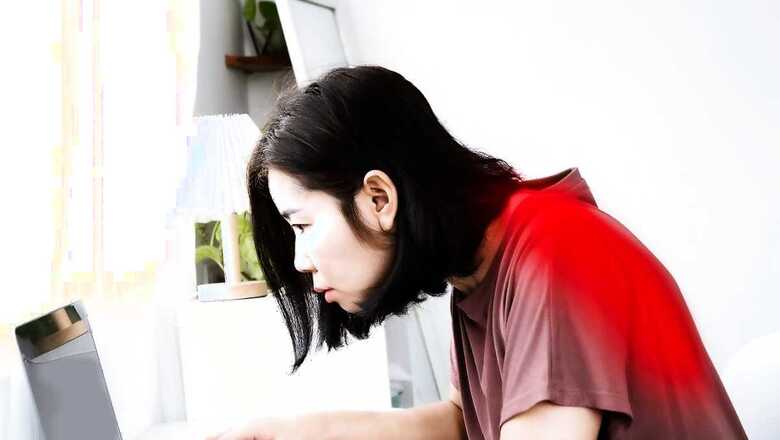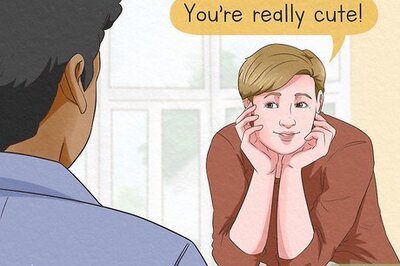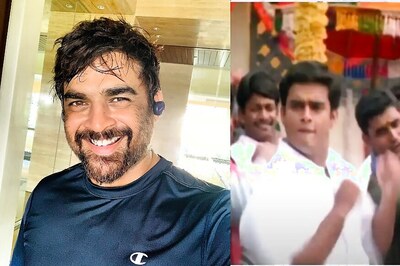
views
Kyphosis is a spinal deformity characterized by excessive outward curvature of the spine, leading to hunched or rounded back, which can substantially impact a child’s physical health and general well-being. While some curvature is normal, Kyphosis is diagnosed when the curve exceeds 50 degrees. The deformity comes in many forms, such as postural kyphosis, Scheuermann’s kyphosis, and congenital kyphosis, each with its cause and implications. Dr. Hamza Shaikh, Consultant, Spine Surgery, Manipal Hospital, Dwarka shares all you need to know about Kyphosis:
Causes and Risk Factors
- Postural KyphosisThis is the most common variety and is almost universal in adolescents. It is mostly associated with poor posture, whereby the ‘slouching’ stance becomes habitual. The type of kyphosis, however, is flexible and correctable by adopting a proper posture through exercises.
- Scheuermann’s KyphosisA more advanced form of the condition, mostly noticeable at the beginning of adolescence. Wedging of the vertebras during growth causes a structural and typically rigid curvature, which is resistant to correction by alteration in posture. The exact cause is unknown, but some causes are thought to relate to genetics and rapid growth at puberty.
- Congenital KyphosisThis is a rare type of kyphosis. The spine does not grow in the womb properly and has some vertebral malformations. With growth, it may be fast in progression and needs surgical intervention in most cases.
- Neuromuscular KyphosisDiseases like cerebral palsy or muscular dystrophy can affect muscle tone and contribute to abnormal spinal curvature
Symptoms and Diagnosis
The symptoms of kyphosis can vary depending on the severity and type of the condition. Both are typical signs.
● A visibly rounded or hunched back
● Back pain, especially in the middle or lower part of the spine
● Fatigue due to muscle strain
● Stiffness and difficulty standing straight
● Weakness in legs
● Bladder and bowel incontinence
● Breathing difficulty
In severe cases, it is hard to breathe because of the pressure the curvature puts on the chest cavity.
Diagnosis
Typically involves a physical exam whereby the spine surgeon will examine the curve of the spine and the flexibility extent. The extent of curvature, as well as the cause, can commonly be gauged through X-rays. Further evaluation in the form of an MRI or CT scan may sometimes be required to have a detailed view of the deformity and it helps in planning for the surgery if needed.
Treatment
Treatment of kyphosis depends on the type and severity of the curve. In mild cases, especially in postural kyphosis, physical therapy and exercises that strengthen back muscles are enough. Such exercises improve one’s posture and limit further curvature progression.
Surgery is indicated in cases of congenital kyphosis or in severe cases that do not respond to conservative treatment. The surgery is designed to correct the deformity by doing osteotomy (bone cutting) and spinal fusion surgery.
Kyphosis in a child can cause a poor quality of life if left untreated. Early detection and treatment are the main principles of dealing with the disease and preventing possible complications. Parents should be careful about the way their children are standing and seek medical advice in case of any abnormal signals of spinal curving. Proper care and treatment for the child will enable many to live a healthy, active life.




















Comments
0 comment